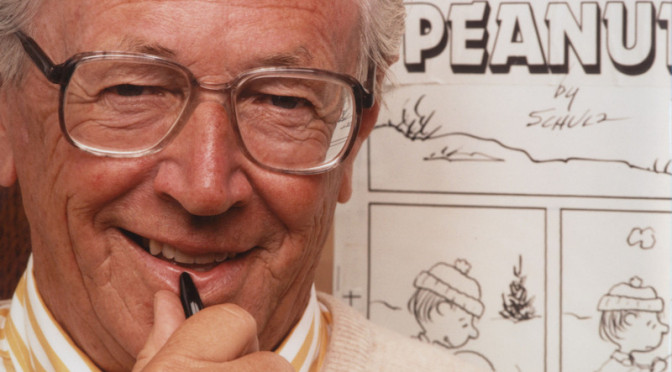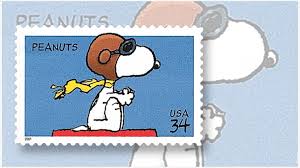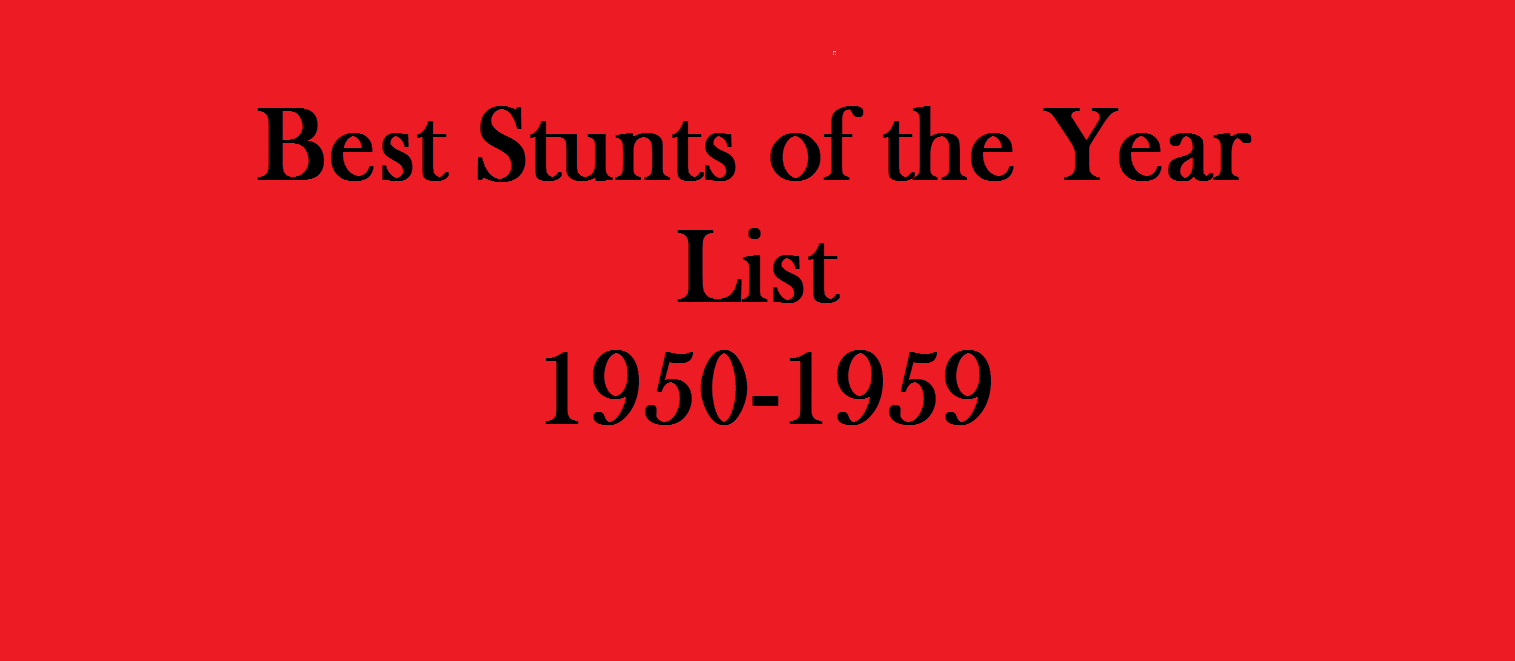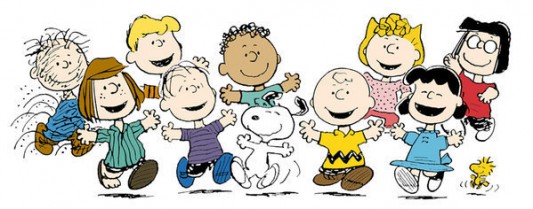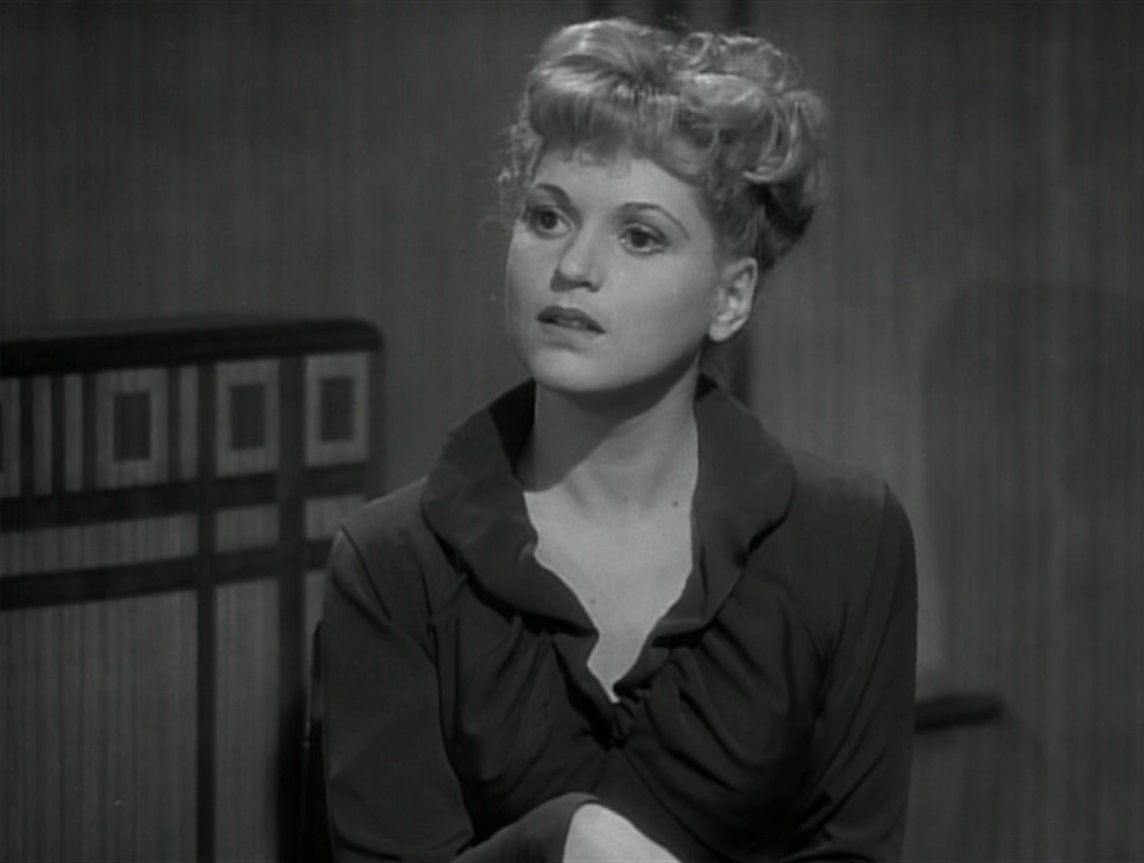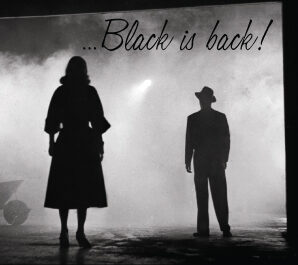•There are over 65 productions on television, film, and stage.
• Schulz wasn’t a fan of the name Peanuts. Even after Peanuts became hugely successful, Schulz said he never liked the name and wanted to call the strip “Good Old Charlie Brown.”
• Schulz loosely based Snoopy on a black-and-white dog named Spike he had as a teenager.
• Woodstock was named for the 1969 landmark music festival.
• Named Charlie Brown after an instructor at the art correspondence school he attended and taught at.
• The never seen character of the “Little Red-Haired Girl” that Charlie Brown has a crush on was based on a girl Schulz knew in his youth, who turned him down when he asked her for a date.
• TV execs thought “A Charlie Brown Christmas” would flop. It later won an Emmy award and became one of the longest-running holiday specials of all time.
• Charles M. Schulz was a World War II veteran.
• 2/12/00: Died in his sleep at about 9:45 pm in Santa Rosa, CA. He was suffering from colon cancer, with which he was diagnosed in November 1999. He also had Parkinson’s disease.
• Charles M. Schultz won the Reuben Award, comic art’s highest honor, in 1955 and 1964.
• In 1978 Charles M. Schultz was named International Cartoonist of the Year.
• His comic strips featuring the character Snoopy, in his World War One Flying Ace strips, are credited with reviving interest in WWI aircraft, especially the Sopwith Camel, which Snoopy pretended to fly.
• Was a .50-caliber machine gunner in World War Two. He forgot to load the thing during the one time he actually had the opportunity to use it; fortunately the German soldier he ran into surrendered.
• 5/27/00: Nearly 100 syndicated cartoonists created special Peanuts-themed comics as a lasting memorial to him, as creator of the enduring and beloved strip.
• His studio in Santa Rosa was One Snoopy Place.
• At the peak of his popularity, “Peanuts” captured as many as 355 million readers, and he was earning from US$30 to US$40 million a year.
• Schulz liked to play hockey, which is why hockey and skating were occasionally featured in both the comic strip and the animated programs.
• Was struggling to come up with the name for a new character when he happened to see a bowl of candy, and decided on “Peppermint Patty.”
• He was promoted a couple of grades when he was in school, and this was the cause of his depression and anxiety; the older kids who were now his classmates were constantly teasing him because of his small size, which also fostered a deep competitive streak in him.
• Schulz was the grand marshal of the 1973 Rose Bowl Parade.
• When Mad Magazine parodied Schulz’s book, “Happiness is a Warm Puppy”, with their article, “Being Rich is Better than a Warm Puppy”, Schulz canceled his subscription.
• Contrary to popular belief, Schulz’s chief character, Charlie Brown, is not bald. Schulz insisted that Charlie Brown’s hair is blond, but the hair is so light that it is almost transparent.
• His favorite movie was Citizen Kane (1941). He incorporated many references to the film in his strips over the years.
• He was awarded a Star on the Hollywood Walk of Fame at 7021 Hollywood Boulevard in Hollywood, California.
• Peanuts comic strips and products gave Schulz an estimated income of $30-40 million each year, and Peanuts characters were featured on 20,000 new products every year, by 1999.
• Peanuts is considered as one of the most influential, greatest and popular comics of all time, receiving a number of awards over the years, and as a result, Snoopy became the mascot of NASA personal safety for astronauts, and along with Charlie Brown became the semi-official mascot of the Apollo 10 mission.

